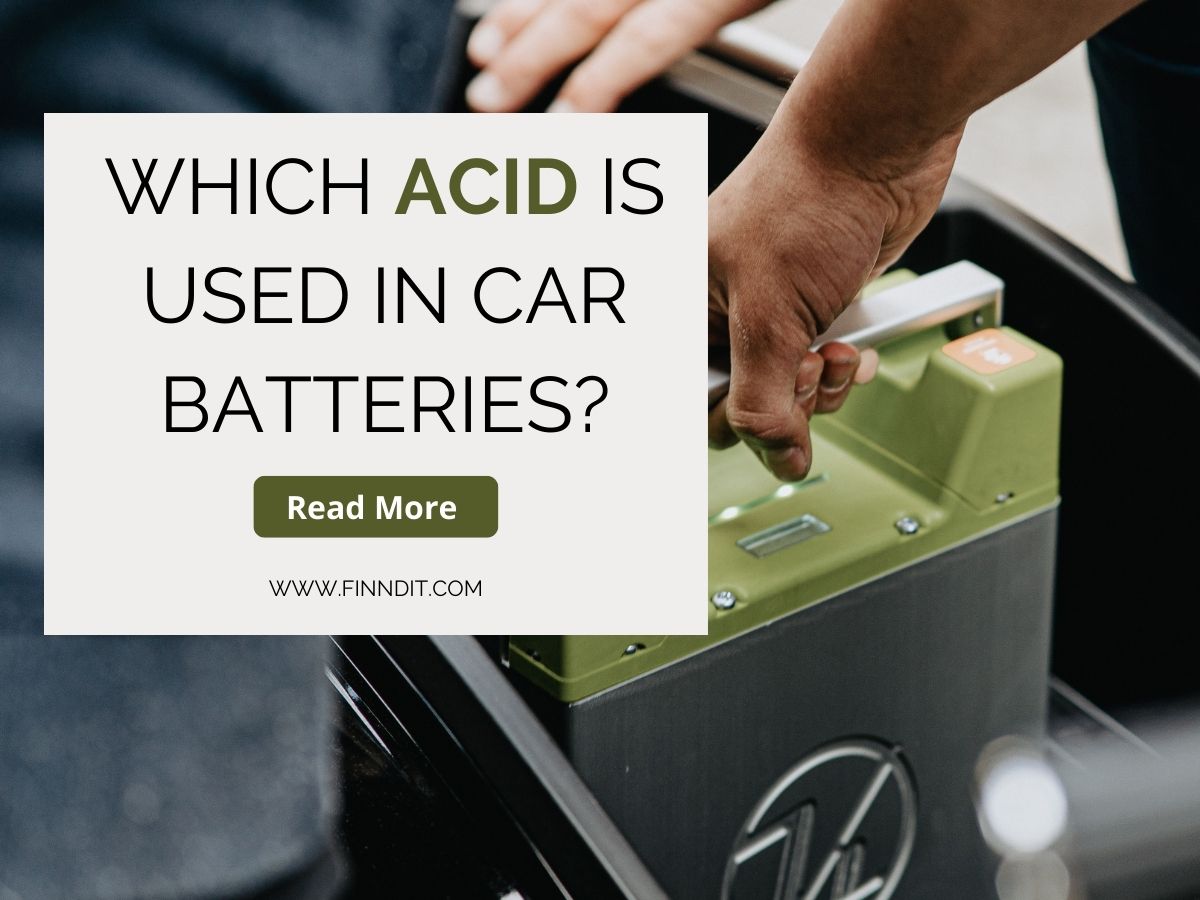Which acid is used in car batteries?

The most commonly used acid in car batteries is sulfuric acid. In fact, lead-acid battery technology has changed a little since French scientist Gaston Planté invented the first lead-sulfuric acid cell in 1859.
In a car battery, electrochemical reactions are caused by the movement of electrons from one electrode to the other through the chemical damage caused by each.
This damage is caused either by an electric current passing through the battery or from the electrolysis of water into hydrogen and oxygen gases that form sulfuric acid (H2SO4) ions in the solution.
The sulfation of a lead-acid car battery results in a characteristic yellowish-brown tint on battery plates that become coated with a thin film of solid sulfur, which can eventually prevent them from being able to accept the further charge.
Electrochemical processes are included in the battery, which is an oxidation-reduction reaction. At least 30 to 50 percent of the acid in car batteries is diluted sulfuric acid, whereas only 29 percent of the acid is concentrated.
As the batteries deplete, sulfuric acid combines with lead to produce lead sulfate and water. To replace a battery, the response must be inverted. Consequently, diluted sulfuric acid is utilized in automotive batteries.
When working with a lead-acid battery, lead sulfate is produced. In this instance, the result of battery discharge is lead sulfate, and the complete cell reaction is frequently referred to as a double sulfate reaction.
The synthesis of lead sulfate required sulfuric acid, the electrolyte in lead-acid batteries. Since sulphuric acid is used during battery discharge and released during battery charge, the specific gravity of the electrolyte varies during battery discharge and charge.
Consequently, the specific gravity of the electrolyte serves as an indication of the charge level of the lead-acid battery.
Batteries for automobiles include between 30 and 50 percent sulfuric acid in the water, with a mole fraction of 29 percent. The density of sulfuric acid is 1.25 kilograms per liter, and its pH is 0.8.
Essential Points
- Two lead plates are separated by a liquid or gel comprising sulfuric acid in water in a lead-acid battery.
- The lead-acid battery produces lead sulfate by the oxidation of lead at the anode and the decrease of lead dioxide at the cathode.
- Lead sulfate is transformed back to lead and lead dioxide during battery charging, releasing sulphuric acid into the electrolyte.
- During battery usage and charge, the relative density of the electrolyte varies as sulphuric acid is absorbed during the discharge method and released during the charging phase.
Choose the best batteries for your car or bike at the best price. Search for the dealer near you on finndit.com. You will get correct and relevant information regarding the batteries on Finndit.
